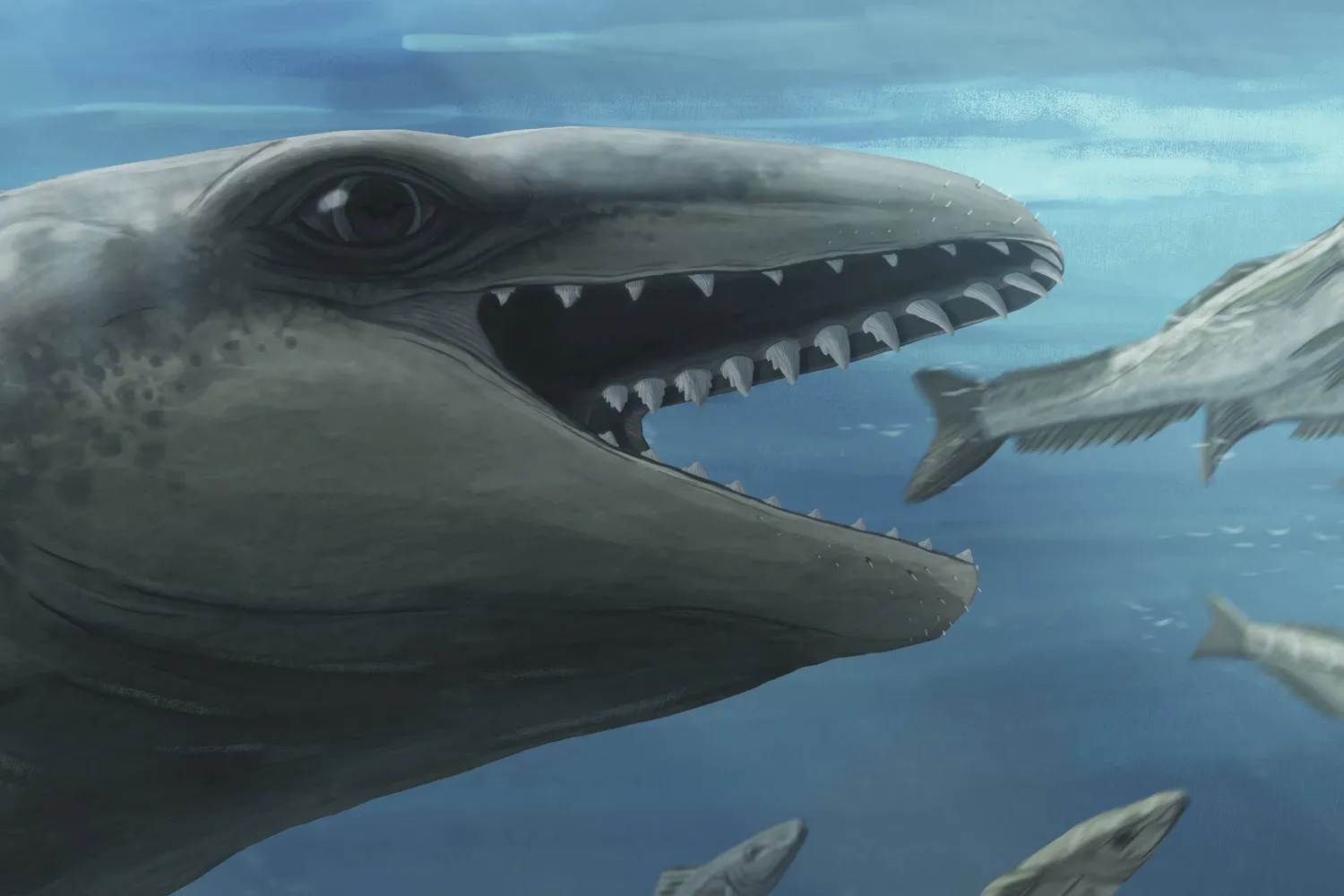Setting aside an additional 1.2% of the world's land as nature preserves would prevent the majority of predicted plant and animal extinctions and cost about $263 billion, according to a study published on Tuesday.
The world is racing to meet a goal to protect 30% of the world by 2030 to protect wildlife that is being decimated by climate change, pollution and habitat destruction.
Global policymakers will meet at a United Nations summit in Colombia in October to discuss plans for reaching that goal.
The study in the journal Frontiers in Science aimed to identify the highest value areas in hope that they be included in those protection plans, said Carlos Peres, a study co-author and conservation ecology expert at the University of East Anglia in the United Kingdom.
"Most countries do not actually have a strategy," Peres said.
"The 30-by-30 targets still lack a lot of details because it doesn't actually say what 30 percent should be protected."
The study's proposed protections would cover an additional 1.6 million square km (633,000 square miles) - an area about a fifth the size of the United States - across 16,825 sites globally that are home to rare and threatened species.
That's on top of the nearly 16% of the world that already have some level of protection.
The study estimated the $263 billion bill is how much it would cost to acquire the new areas, many of which include private property, at current value over the next five years.
"Time is not on our side because it will become increasingly more expensive and more difficult to set aside additional protected areas," Peres said.
Land acquisition makes up most of the cost of creating protected areas, and the study did not consider the upkeep costs for policing the reserves.
About three-quarters of the sites are tropical forests, as those are the world's most biodiverse ecosystems. The Phillipines, Brazil and Indonesia are home to more than half of the high-value sites.
Russia is the single country with the most high-valued area ripe for conservation with 138,436 square km identified in the study, an area the size of Greece.
Several African countries also topped the list with Madagascar having the fourth-highest number of sites overall while the Democratic Republic of Congo had the largest area targeted for conservation on the continent.
The United States is the only developed nation among the top 30 countries in the analysis, with 0.6% of the sites or an area twice the size of Delaware.
The researchers only considered land and freshwater ecosystems but not oceans or marine protected areas. Researchers did not include invertebrates in the study, as the geographical distributions insects and other such animals are not well mapped.







